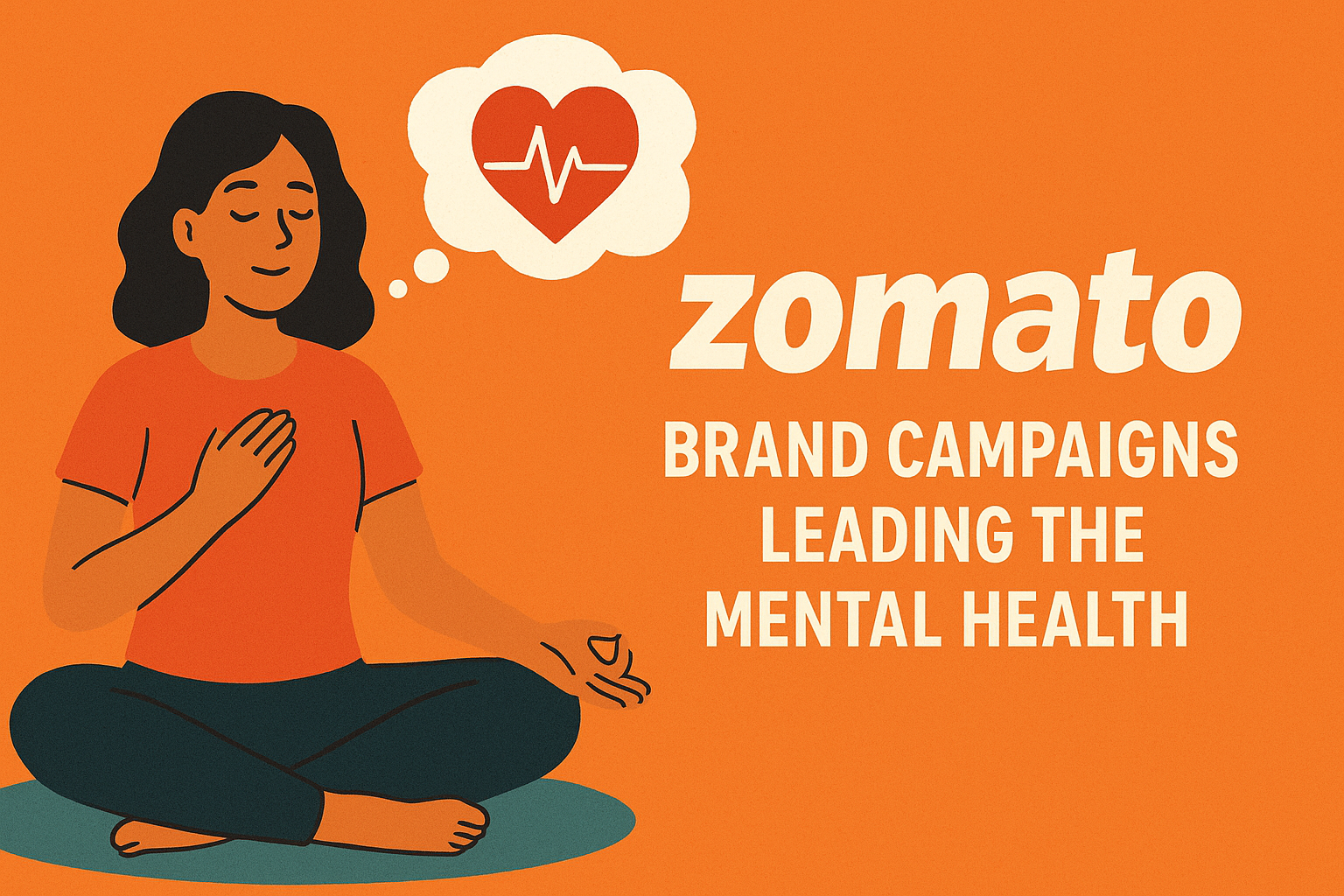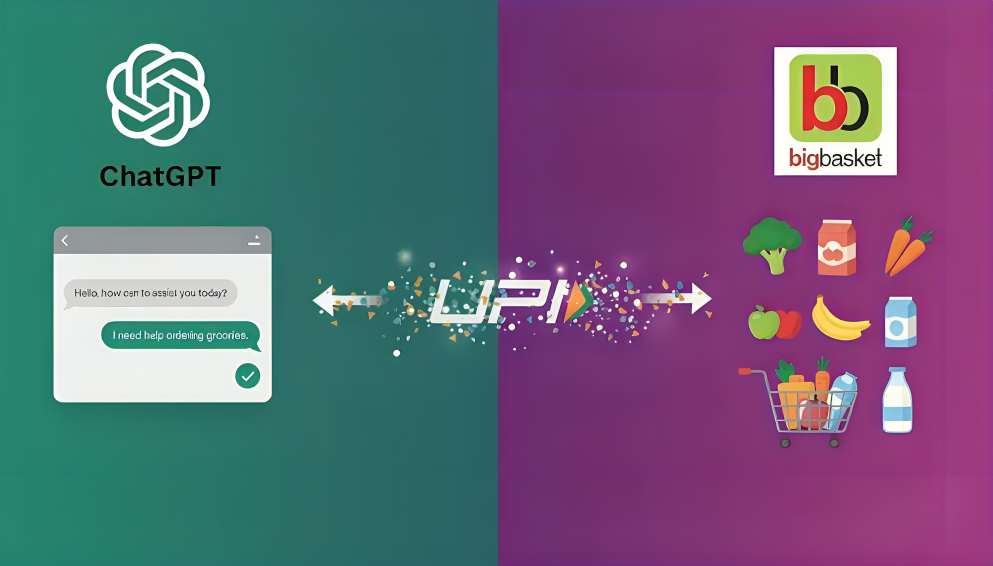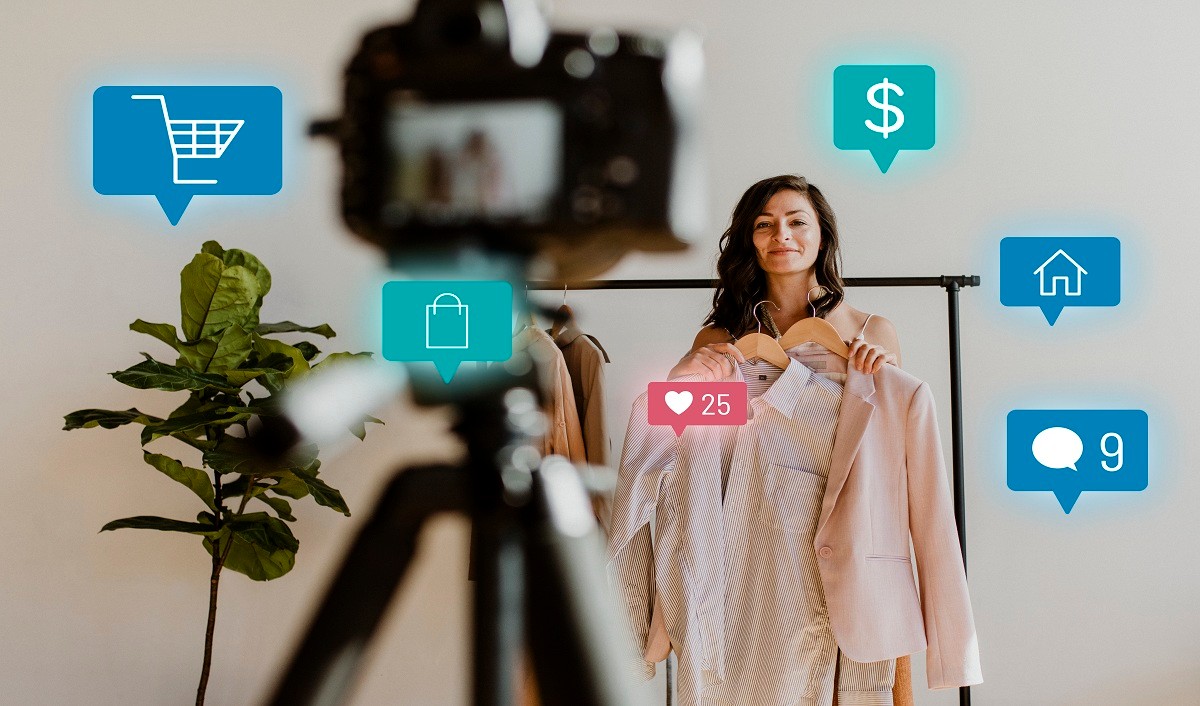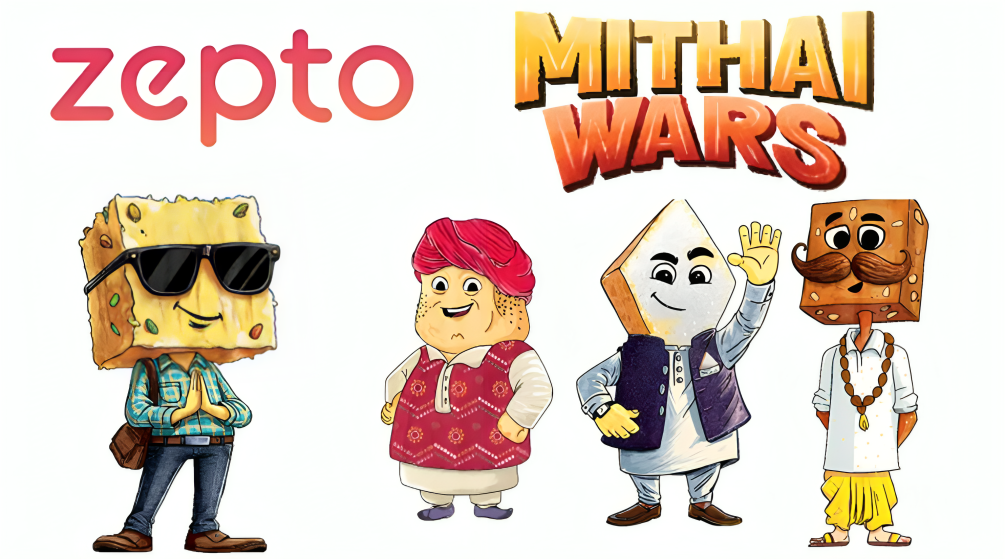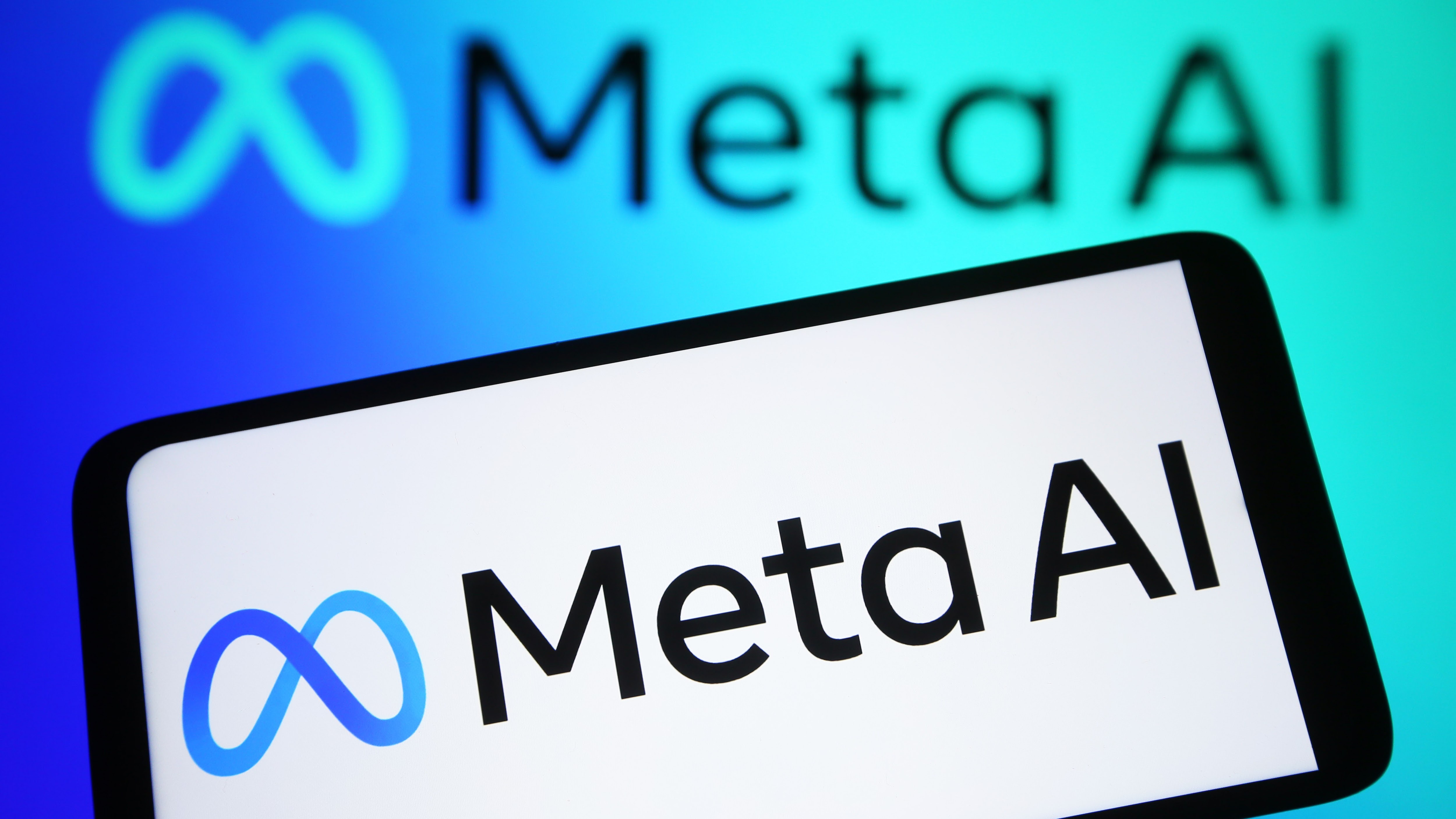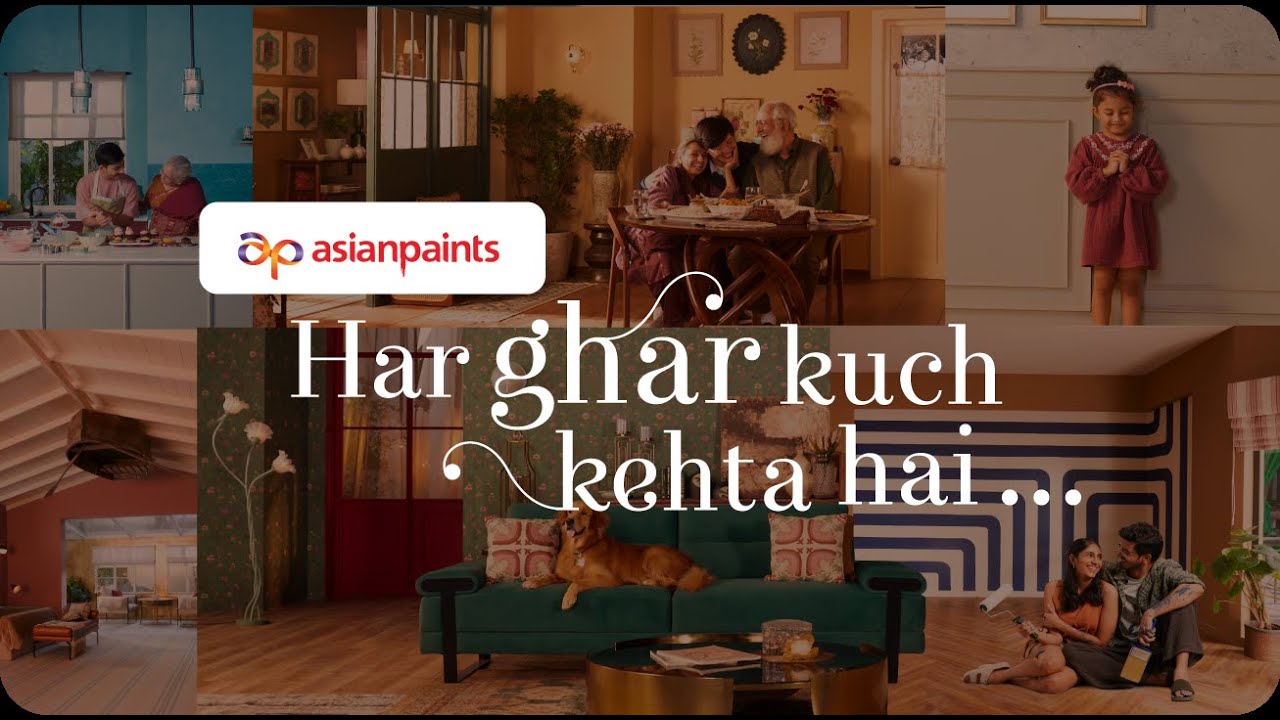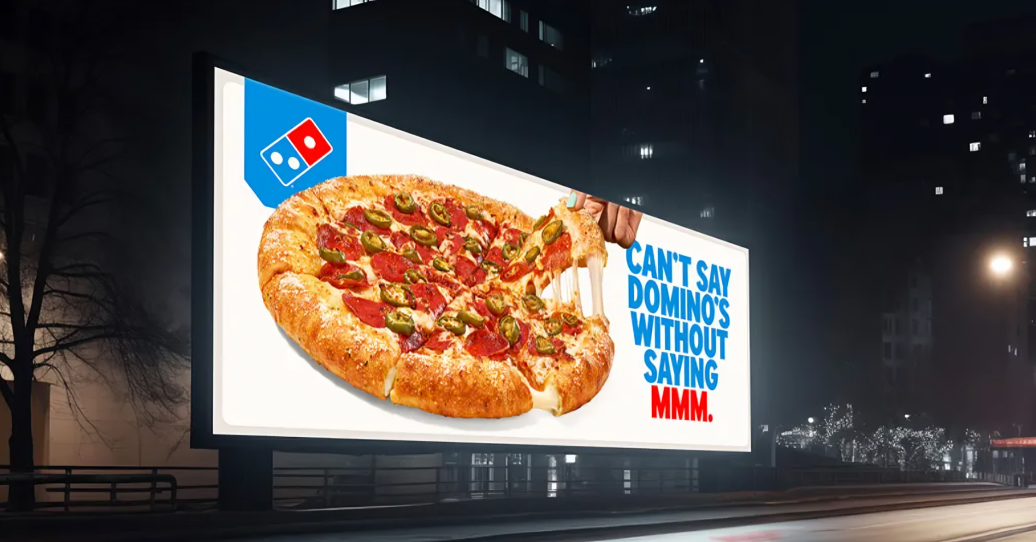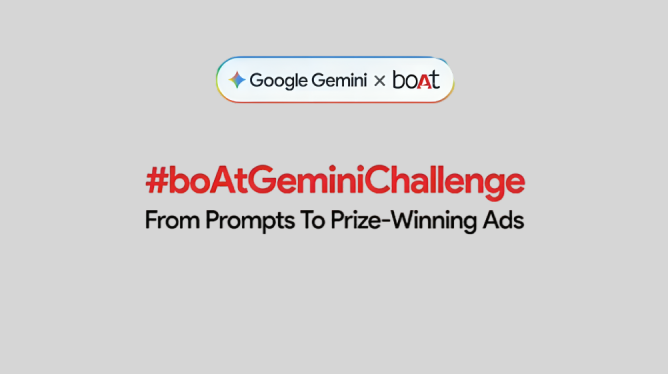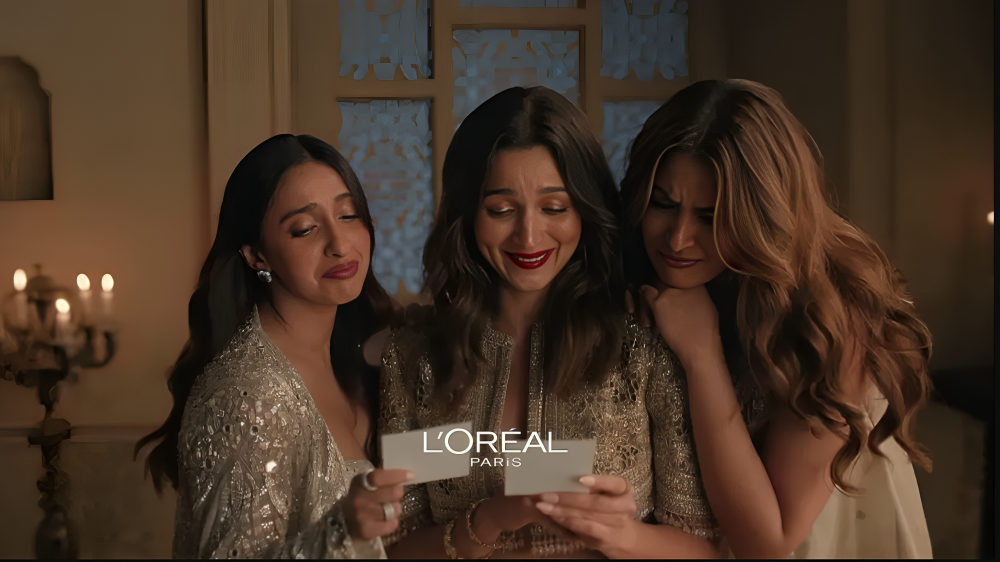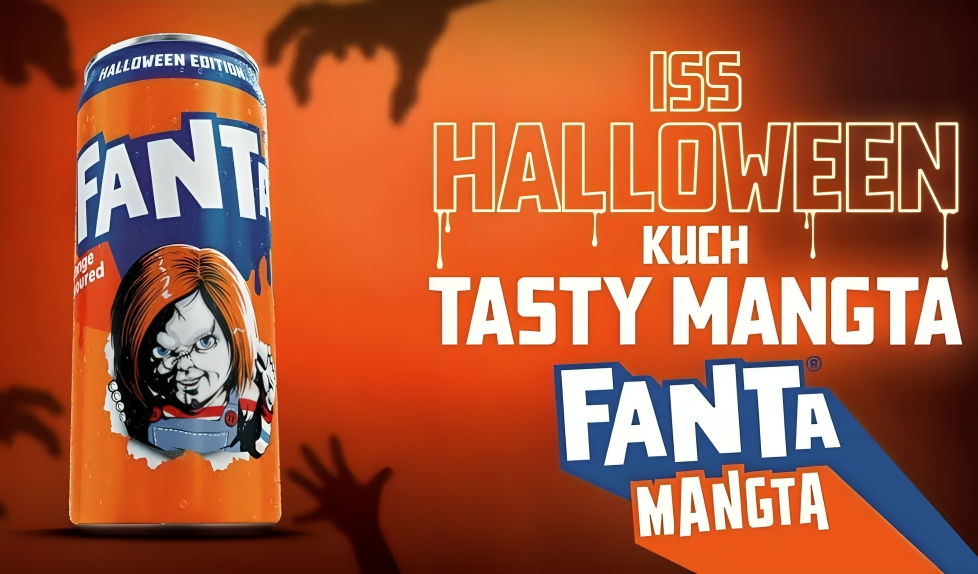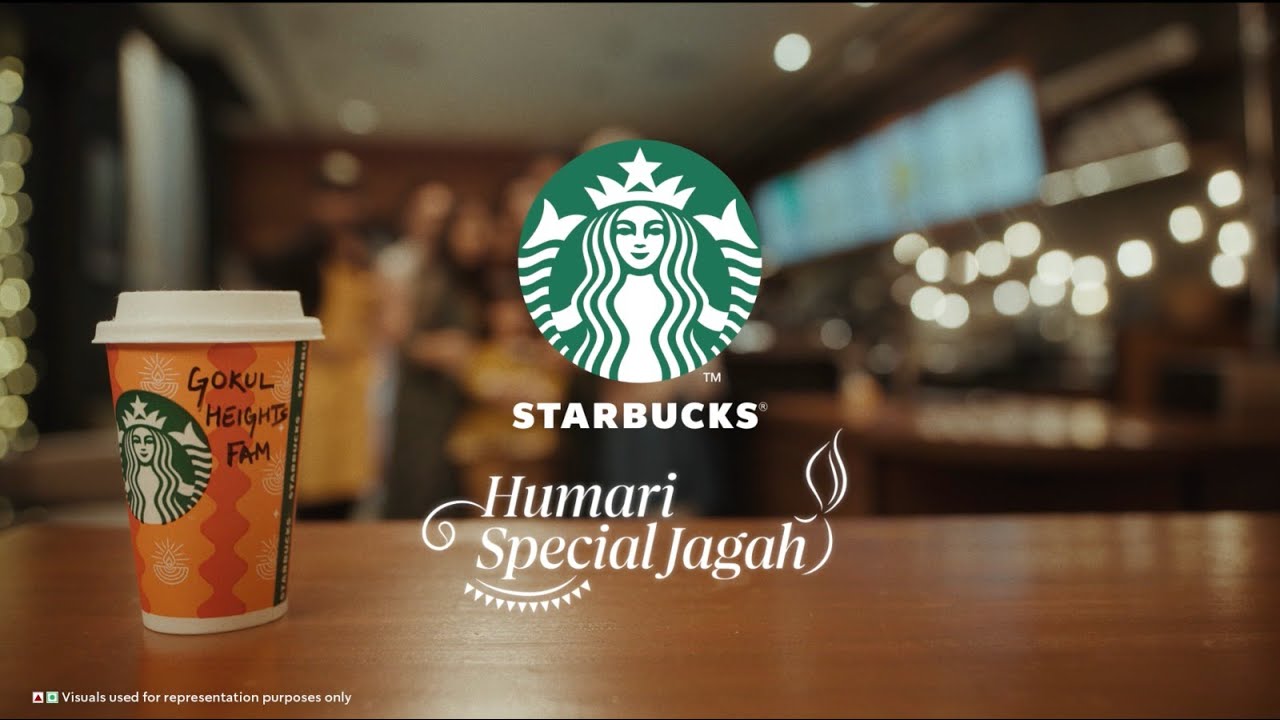How brands are reshaping the mental health narrative
The global conversation around mental health has evolved from whispered stigma to widespread awareness, but it now faces a new challenge — the casualisation of serious clinical terms. As more people discuss their emotional struggles online, brands are stepping in to offer a more thoughtful, grounded approach that balances empathy with responsibility.
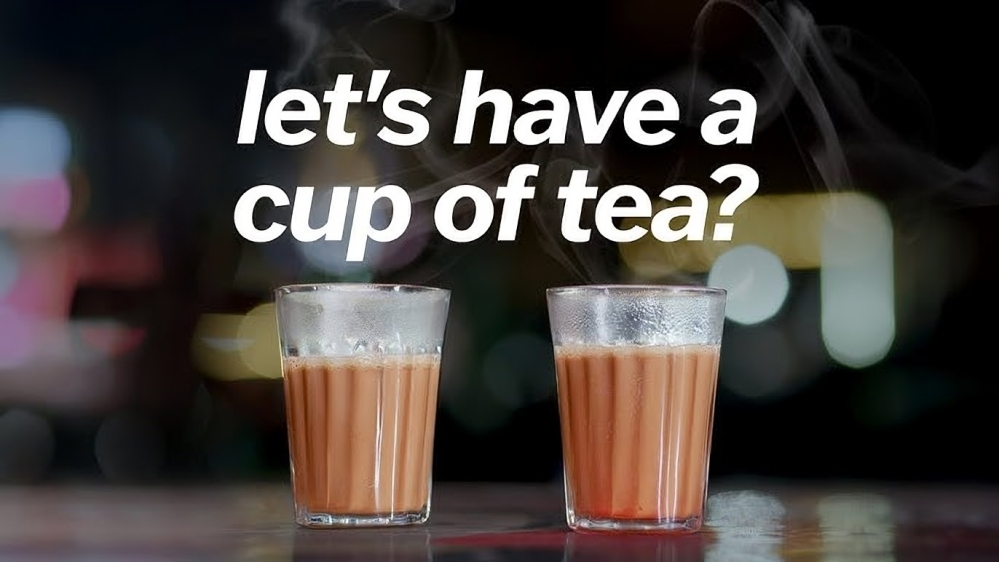
In 2025, mental health campaigns are no longer about quick hashtags or performative gestures. They are about storytelling, safe spaces, and the power of authenticity. Brands like Zomato, ASICS, and Maybelline are using their platforms to go deeper — showing that understanding and openness can inspire change more effectively than marketing slogans ever could.
Zomato’s “Let It Out” and the power of shared vulnerability
Zomato’s short film “Let It Out” stands as one of the most impactful campaigns of the year. Instead of promoting a product or service, the film focuses entirely on the internal battles that ordinary people face daily. Through honest storytelling, it reminds viewers that expressing pain and fear is not a sign of weakness but of courage.
The film’s emotional core lies in its authenticity; it captures moments of quiet struggle and emphasizes the importance of talking, sharing, and listening. By steering away from commercial messaging, Zomato manages to create a powerful public service moment that connects on a deeply personal level.
ADVERTISEMENT
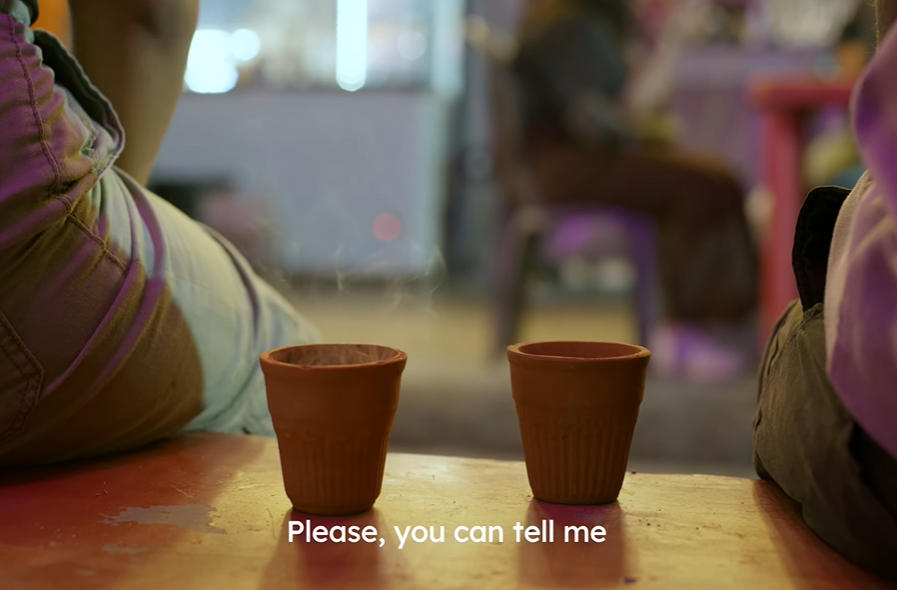
The fine line between awareness and oversimplification
However, the growing openness around mental health has also brought a cultural challenge. Psychologists warn that the frequent misuse of clinical terms like “depression” and “anxiety” on social media can dilute their meaning. Ordinary emotions such as sadness or stress are increasingly mislabeled as mental illness, blurring the lines between temporary feelings and chronic conditions.
This casual language, while well-intentioned, risks trivializing the experiences of those living with severe mental health disorders. It also creates confusion for people trying to recognize when professional help is truly needed.
The best brand campaigns of 2025 are aware of this delicate balance. They avoid pathologizing normal emotions and instead focus on destigmatizing mental health by encouraging reflection, empathy, and informed conversations.
Why mental health marketing matters now
According to the World Health Organisation, over one billion people globally live with mental health disorders, making them one of the leading causes of disability worldwide. Despite improved awareness, access to mental health professionals remains uneven, with low- and middle-income countries facing severe shortages.
This makes the role of brand-led awareness more significant than ever. Campaigns that normalize seeking help, highlight emotional honesty, and celebrate resilience can bridge gaps where institutional support falls short. By transforming their platforms into spaces of compassion and conversation, brands are helping society view mental health not as a taboo but as an essential part of everyday wellness.
ADVERTISEMENT
A movement beyond marketing
What stands out in 2025 is how mental health has evolved from a trending topic to a cultural movement. Brands are not only joining the conversation but elevating it moving beyond aesthetics and hashtags to foster genuine empathy.
This year’s campaigns remind us that the goal isn’t to “fix” people but to make them feel seen, heard, and supported. Through powerful storytelling and emotional intelligence, these initiatives are helping reshape how society perceives and talks about mental well-being.
As awareness grows, so does responsibility. The next step for brands will be to keep this dialogue authentic, inclusive, and rooted in compassion not commerce.
Follow Marketing Moves on Instagram and Facebook for more insights on the most impactful campaigns shaping the world of advertising, wellness, and brand storytelling.

